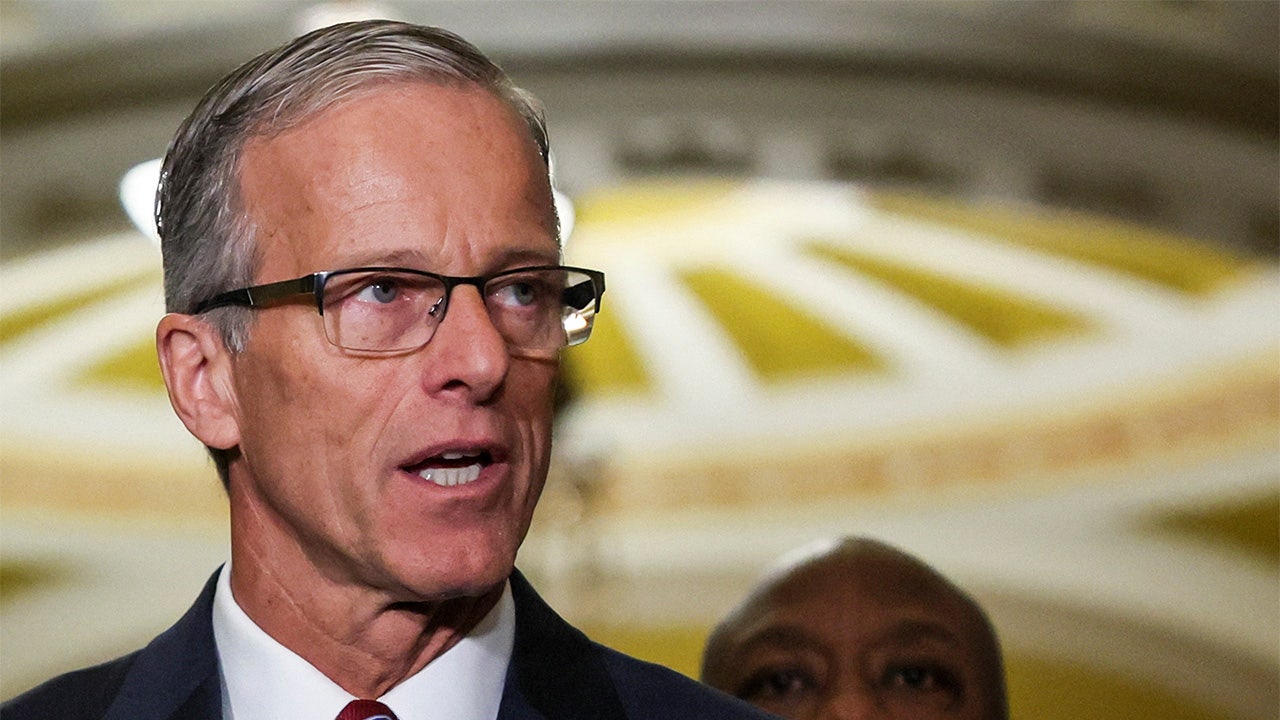In the 2000 film “Almost Famous,” Cameron Crowe’s comedy-drama about rock musicians in the 1970s, the character played by Zooey Deschanel at one point gives her younger brother some advice. “Listen to ‘Tommy’ with a candle burning, and you’ll see your whole future,” she says.
I’m going to borrow that thought for today’s newsletter: Stare at this annotated map with — or without — a candle burning, and you’ll see your whole future.
Created by my colleague Lauren Leatherby, a Times visual journalist who has been reporting on the world’s demographic shifts, the graphic shows how the number of working-age people around the world is forecast to change by 2050.
Europe’s working-age population will shrink. So will that of Brazil, China, Chile, Japan and Russia, among others. And that change could have extremely negative consequences for those societies, without mitigation.
“Working-age population” can sound technical and abstract. But these are the people who staff our offices and factories, work farms, treat the sick, care for the very old and the very young. They are the ones who have children and raise them; who build new things and fix old ones.
When that population shrinks, those activities become more difficult, more expensive and less frequent. The economy slows down. Fewer workers getting paid generates less tax revenue. As the population ages, more people rely on government social security programs to fund their retirements and health care, putting those vital programs further under strain.
The baby conundrum
This is mostly a story about birthrates. As countries get richer, people have fewer children; and it turns out that once birthrates fall, it’s really hard to get them back up again. Although a number of countries have tried to boost fertility through tax breaks, cash bonuses and even awards for heroism given to women who bear many children, none of those programs have made more than a marginal difference.
But look at the map a little longer, and you see the phenomenon that has allowed a few wealthy countries to cushion the blow of demographic change: immigration.
Australia, Canada and the United States have small green dots, denoting modest growth in their working-age populations. That’s largely because those countries take in relatively high numbers of immigrants, who not only bolster population numbers directly when they arrive, but also tend to have more children than the native-born population. In the United States, for instance, the modest increase in births since the 1970s was entirely driven by births to immigrant mothers. In Canada, immigration is the sole driver of population growth, according to government statistics.
Immigration, to be clear, can only ever be a partial solution to this demographic shift. To put the numbers in perspective, just to stay level by 2050, Europe would have to absorb about half of the entire working-age population growth in India, the world’s most populous country. China, facing an even bigger shortfall, could take all the growth of Pakistan and all that of Nigeria — Africa’s most populous country — and still be two million short of where it stands now.
At the same time, this map strongly suggests that being able to attract and integrate large numbers of immigrants will be an important competitive advantage for countries in the coming decades.
Doing so, however, will require overcoming political barriers that arise, partly, out of the same demographic shifts.
The political doom loop
Rafaela Dancygier, a political scientist at Princeton University, studies the politics of immigration and integration, including what fuels the rise of anti-immigrant far-right parties. She has found that many of the areas in Europe where anti-immigration politics are on the rise share certain characteristics: They have aging populations, fewer workers and fewer children.
“When people talk about the aging of populations in general, they refer to this as a nationwide phenomenon,” she said in an interview. “And that’s of course true. But then there are some areas in countries, often outside of cities, where that’s already just extremely pronounced. Because the young people are leaving, working-age people are leaving.”
Young people move to cities and wealthier regions to find work, while older generations stay behind in the depopulating towns and regions, making such areas a microcosm of what the aging future might look like. (My colleague Jason Horowitz recently wrote about one such town in Italy.)
This shift is not necessarily inevitable. In Canada, the government is pursuing policies to raise immigration levels now in order to head off some of its demographic decline.
But Europe’s aging villages and towns, and declining former industrial regions, offer an insight into why many countries have been slow to follow the lead of countries like Canada. Dancygier and others have found that areas going through depopulation are particularly receptive to far-right politics — putting policies to increase immigration further out of reach politically, even as they becomes more necessary economically.
The process, she said, goes something like this: As areas depopulate, the state tends to pull back its services from the region. Schools close because there are fewer children. Trains and bus lines get canceled, or are less frequent. Hospitals shut down. It is a local version of the kind of strain that aging countries will face on a national level if there are fewer workers to support more retirees.
That makes life more difficult in practical ways, she said, but there is also a psychological effect: People feel neglected and undervalued by the political elite.
Far-right parties “are very good at detecting the problem and playing on the grievances of voters who live in these areas,” she said. But these parties don’t offer realistic solutions to the problems of demographic decline. Instead, they scapegoat immigrants, blaming asylum-seekers and other foreigners for the region’s problems.
That creates a vicious cycle in which the problems of depopulation end up fueling political parties whose policies actually make depopulation harder to combat — a doom loop from which it can be difficult to escape.
There are changes that can help. Large-scale immigration without investment in housing and public services is a problem; policies designed to aid integration of immigrants can build connections between locals and newcomers, reducing bias and fear. Publicizing those successes, and the benefits that immigrants provide to their communities and the broader economy, can provide a counterweight to political narratives about uncontrolled borders.
In the future, as the economic opportunity gaps between continents shrink, recruiting immigrants may become more difficult. Countries that are currently relatively poor, but whose populations are set to grow rapidly, including much of South Asia and sub-Saharan Africa, may be able to take advantage of their “demographic dividend” to rapidly grow their economies. As workers have better options at home, they will be less interested in immigrating elsewhere.
Consider the example of Mexico. Although it was once the largest source of immigrants to the United States, net immigration has been essentially zero since about 2009. (Many immigrants from other countries have come through the U.S.-Mexico border during that time, but that’s a separate issue.) The fall in the net rate from Mexico is partly because the United States became less hospitable to Mexicans, particularly those who were undocumented. But it’s also because the Mexican economy has improved. Workers who might once have come to the United States to seek opportunities can now find them at home.
For now, political disputes over how much to lock down borders and keep migrants out are dominating the public debate in many countries. But another conversation is overdue. The reality of already-depopulating regions, represented by those proliferating orange circles on the map, provides a glimpse into rich countries’ futures: aging populations and fewer workers and children, a trend that generates political divides that make it difficult to change course. It is a challenge that policymakers will have to grapple with, sooner rather than later.





